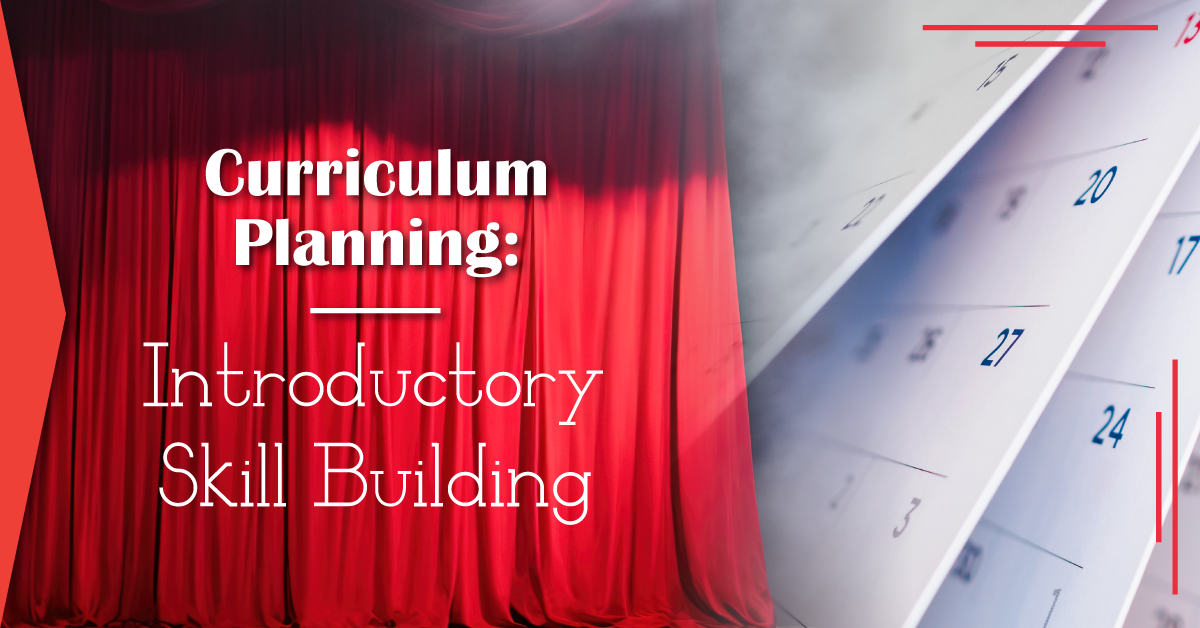Using Drama in Other Classes
“Cross-curricular” is a huge buzz word. We’ve talked previously about how you can explore other subjects through drama, but what about drama in other classes?
We recorded a podcast with two Theatrefolk playwrights who are also teachers: Taryn Templeuses drama in her Spanish classes and Amanda Murray Cutalo uses drama in her English classes. Both believe in the power of theatre for their students.
How do they use drama in their classrooms?
Use Stories to Teach Language
Taryn teaches Spanish through stories, because she has found that students are much more likely to remember something if it’s in story form.
For example, if a teacher was trying to teach the words “green” and “hippopotamus,” students might remember them. But, if the teacher told her class that there was a green hippopotamus dancing on a coffee table, the students get a more concrete image in their minds.
As a further extension, the teacher can ask questions like, “What color is the hippopotamus? Where is the hippopotamus? What is it doing?” And all of this is done in the target language. The teacher is actually using the target language both to tell stories and to ask questions about them.
Use Creativity to Teach Language
Once students are comfortable with the idea of storytelling to learn a new language, the students begin creating their own stories. They use costumes and props to build their language skills in a fun, engaging way as they perform the stories they’ve created.
Use Performance to Teach Vocabulary
Students demonstrate understanding of new vocabulary through short performances. For example, when Amanda’s class is learning new vocabulary words in her English class, she will introduce and go over the words, then give the students a situation. They have to write and perform a skit where they use as many words as possible in the correct way.
Use Improv to Teach Novel Study
You can grab any scene or storyline from a novel, and turn it into an improv activity. For example, in studying The Scarlet Letter, Amanda’s class had to improvise a puritan meeting where they’re deciding the fate of Hester Prynne.
Another way to use improv is by having students write alternative scenes to plays that are studied – like The Crucible or A Streetcar Named Desire – and improvise these scenes.
Use Acting to Build Comprehension
A cross-curricular approach can be much more kinesthetic. When students get up and actually perform a character, they are able to remember it more. They engage in and remember activities where they were completely immersed in the world that the author has created.
Click here to listen to the full podcast conversation with Taryn and Amanda.



